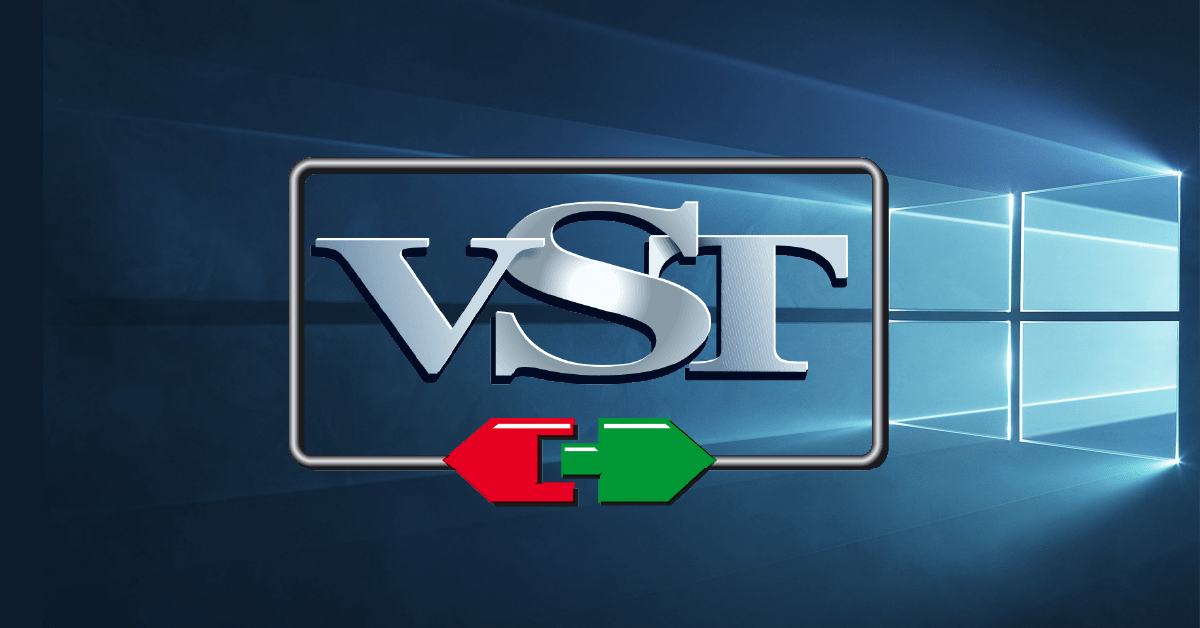
How to Install VST Plugins on Windows And Mac OS
We have not tested all plugins, and some VST plugins may cause crashes. Make sure you save and back up any settings to avoid loss of data when experimenting with VST.
Avoid mixing plugin formats (VST2, VST3) for the same plug-in in the same Live set. You can identify the format based on the categorized plug-ins folders in Live’s Browser, or by the appearance of the device: only VST (short for VST2) includes a preset browser.
Installing VST plugins on Windows and Mac OS is a straightforward process, and the steps are similar for both operating systems. Here’s a step-by-step guide on how to install VST plugins on your Windows or Mac computer.
For Windows
Step 1: Download the VST plugin First, you need to download the VST plugin that you want to install. Most VST plugins are available as a compressed file (.zip or .rar) that you need to extract before installation.
Step 2: Locate the VST Plugins folder The next step is to locate the VST plugins folder on your computer. By default, VST plugins are installed in the following folder: C:\Program Files\VSTPlugins However, some plugins may install in a different folder, so check the plugin’s documentation for the correct folder.
Step 3: Copy the VST plugin to the folder Once you’ve located the VST plugins folder, copy the extracted VST plugin file to that folder.
Step 4: Rescan your VST Plugins To use the newly installed VST plugin, you need to rescan the VST plugins folder in your DAW (Digital Audio Workstation). The process of rescanning the folder varies depending on the DAW you are using. In most cases, you can find the option to rescan the plugins in the Preferences or Options menu.
For Mac OS
Step 1: Download the VST plugin As with Windows, you need to download the VST plugin that you want to install. Most VST plugins are available as a compressed file (.zip or .dmg) that you need to extract before installation.
Step 2: Locate the VST Plugins folder On a Mac, the default folder for VST plugins is: /Library/Audio/Plug-Ins/VST However, some plugins may install in a different folder, so check the plugin’s documentation for the correct folder.
Step 3: Copy the VST plugin to the folder Once you’ve located the VST plugins folder, copy the extracted VST plugin file to that folder.
Step 4: Rescan your VST Plugins To use the newly installed VST plugin, you need to rescan the VST plugins folder in your DAW. The process of rescanning the folder varies depending on the DAW you are using. In most cases, you can find the option to rescan the plugins in the Preferences or Options menu.
Conclusion
Installing VST plugins on Windows and Mac OS is a straightforward process. Just download the VST plugin, copy it to the VST plugins folder, and rescan the folder in your DAW. Following these simple steps will allow you to use any VST plugin in your music production or audio editing.